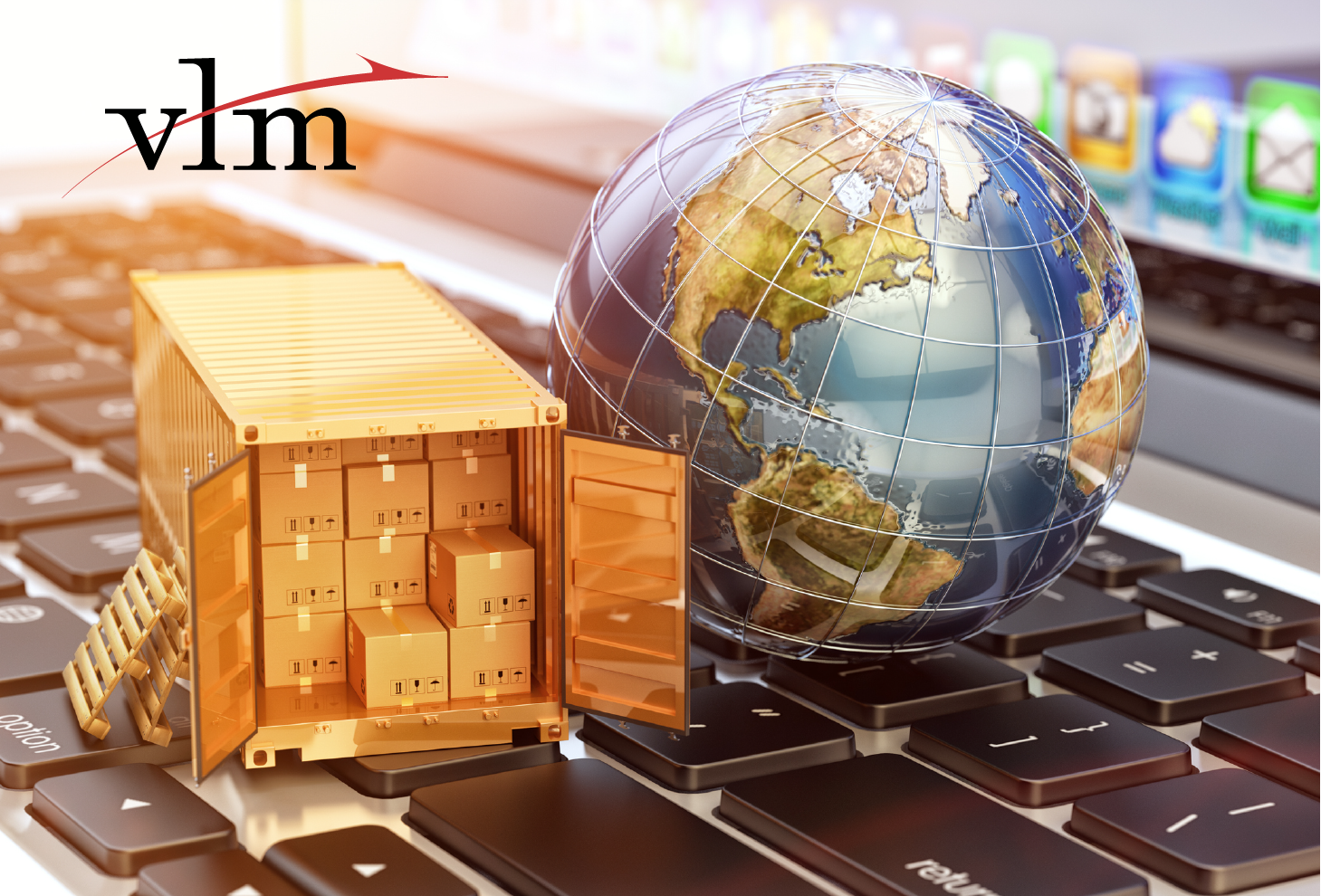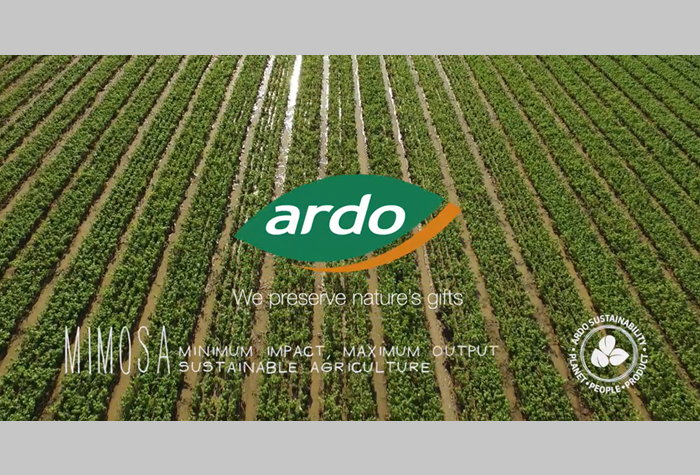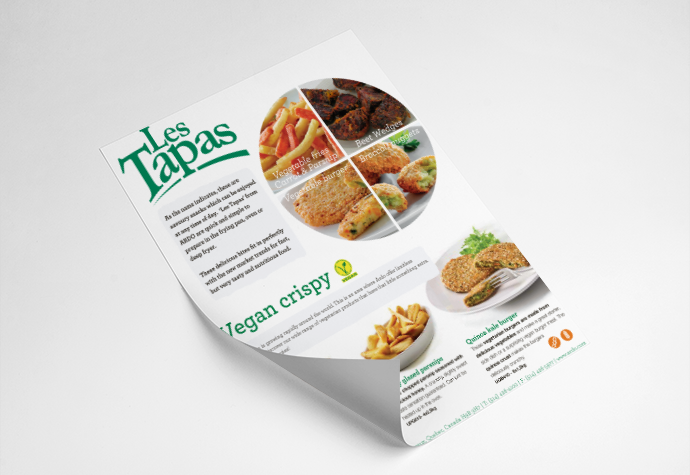I have a ten year old daughter with an obsession for all things American Girl doll related. From looking to collect specific dolls of the year to making a pilgrimage to an American Girl store for “tea” while visiting with doll stylists, my daughter is becoming quite the avid consumer. Having never known a world without iPhones, she found it “easy peasy” to use her Amazon gift card to summon doll accessories while being chauffeured from pool to play date for such are the challenges some children have to contend with these days. As the dopamine hit of online shopping eased, she asked aloud “So, where’s my stuff?”
It may sound a little bratty but her question aligned perfectly with our instant gratification culture and the 24/7 365 just-in-time supply chains that serve it. As I outlined the work that replenishment centres perform and how distribution channels work, her questions shifted from demanding to know when she would get her doll’s sleeping bag to wondering where it was right now, who might be handling it and all the steps it would take to complete delivery. Welcome to supply chain management 101.
That discussion reminded me of how on any given day in any American grocery store, consumers breeze past foodstuffs sourced from nearly every corner of the globe. While some express concern with carbon emissions and “food miles”, others point out that economy of scale transport yields lower per unit carbon emissions compared with driving to not so nearby retailers. From a carbon footprint perspective, it may prove to be more beneficial to shop local than to buy local. Furthermore, consumers expect year round access to an increasingly diverse array of foodstuffs while market forces reward the most competitive producers irrespective of origin. To this, one has to appreciate that an appropriately diversified supply base not only reduces individual business risks but mitigates food security risks more broadly. That said, there is an obvious need for meaningful food safety due diligence throughout our food system with procurement and supply chain practices promoting sustainable agricultural; equitable employment and just labor practices.
Supply Chain Management 201
If all that wasn’t enough, our food system sees foods produced around the world being sold and delivered to markets across globe day after day, week after week all year long. And thanks to the advent of ocean going container shipping in the 1960s, greater amounts and types of goods (and their accompanying services) are being traded across international borders at every minute of every day. It is abundantly clear that international transportation companies have found opportunities for their businesses to serve international traders while global supply chains are predicated upon predictable, dependable and cost effective international transportation systems. The symbiotic ocean carrier-cargo owner dynamic usually works so seamlessly that it is often taken for granted until the system breaks down. Welcome to supply chain management 201.
Putting it differently, we don’t distinguish ourselves by how we tackle supply chain matters when everything is working according to plan. Instead we distinguish ourselves by how we address and tackle adversity. If crops always produced what was forecast; if weather was completely predictable and economic/political/environmental/societal variables never changed….supply chain management would be a snap or “easy peasy” as my daughter would way.
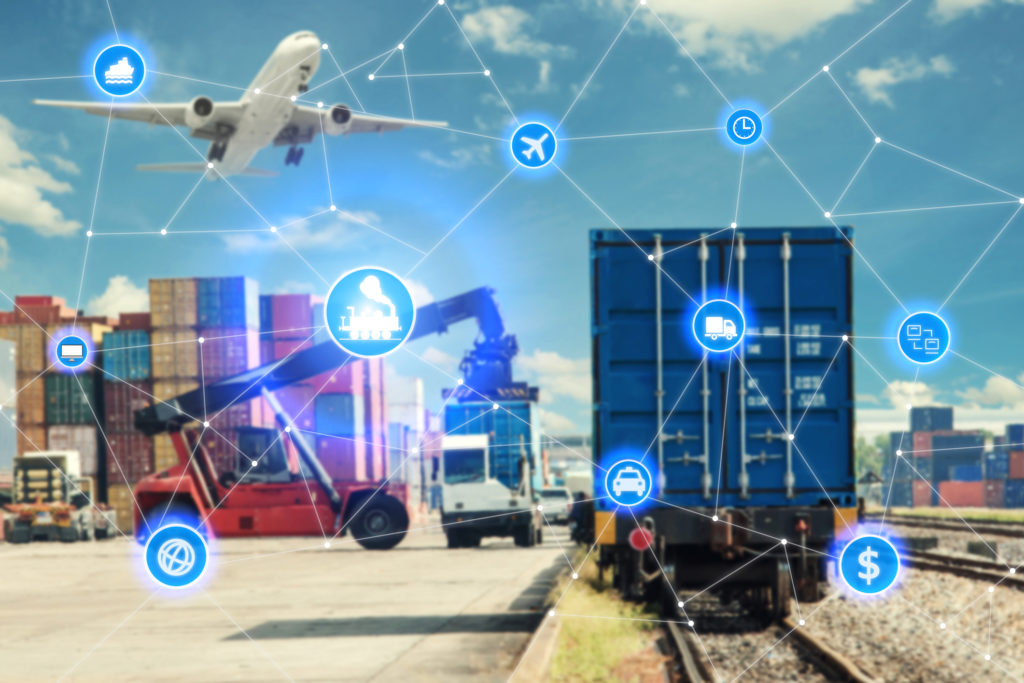
International Transportation
In the real world 1st tier, 2nd tier and 3 tier variables and the dynamics between and among them are constantly at play. International transportation systems help to mitigate food security risks but shortfalls in transportation infrastructure investments impede development. Additionally, political turmoil in one part of the globe can lead to oil price spikes increasing transporting costs which impact food prices. similarly, arbitrary decisions limiting competition in international freight markets also lead to increased logistics costs pushing up food prices thereby limiting food access, the very cornerstone of food security concerns. Furthermore, transportation efficiencies arising from “hub and spoke” systems can present important sources of network failure. Citing research by Chatham House, the BBC reports that three quarters of Japan’s maize and wheat pass through the Panama Canal and more that 25% of the world’s soybean exports are shipped across the Straits of Malacca. Incidents at these choke points could present very significant food security risks.
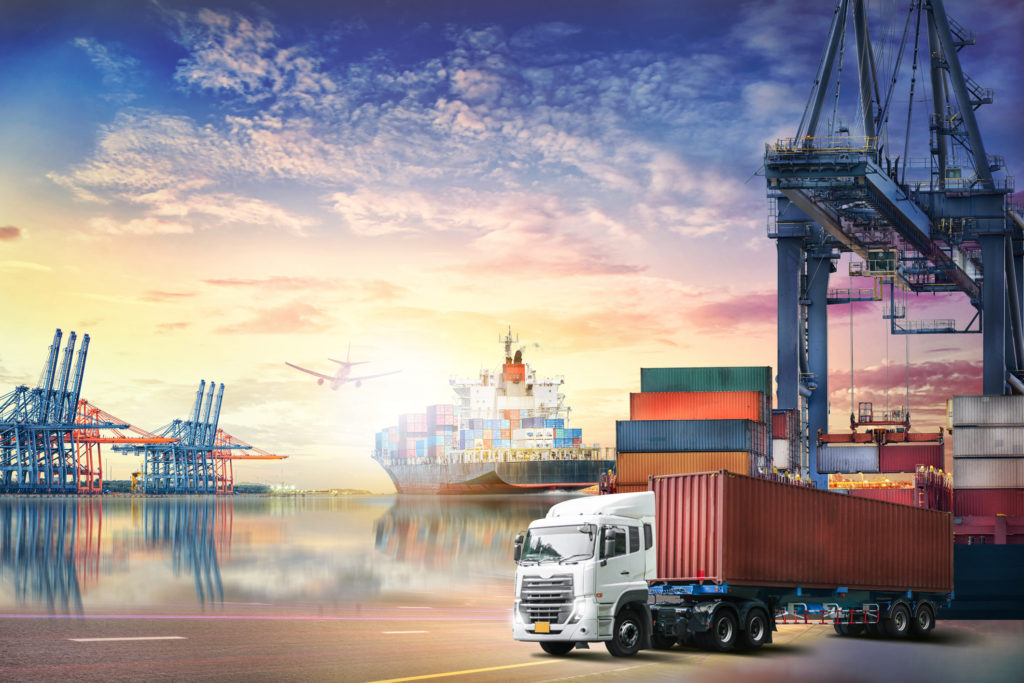
If exploring the risks posed by breakdowns in logistics choke points seems extreme, consider Maersk’s recent IT hack. From making cargo bookings to billing its customers and releasing import shipments, the ocean carrier’s day to day operations have been significantly impacted cascading supply chain disruptions throughout the the system. While appreciating the current firefighting being done by dedicated Maersk staff and being sympathetic to the extent of the IT hack, one has to wonder if this crisis will serve as an inflection point towards rethinking how the ocean carrier business works. I am in no way singling out MAERSK in this regard but the industry more broadly. After all, if your business model addresses scale by standardization and the execution of customer service tariff you really can’t complain about being treated like a commodity.
Having said this, there are armies of tremendously talented logistics professionals at work across our food system helping to ensure that we have access to what we need when we need it. Our food system would grind to a halt if not for the sophisticated transportation networks underpinning the system and yet if any industry was due for an uber like disruption-modernization it is the ocean carrier shipping industry. Use of blockchain technology for shipping documentation and reconsidering value offerings for cargo owners come to mind but so too does the need to consider shared infrastructure investments towards facilitating legitimate trade. Just food for thought next time someone asks so, where is my stuff?

